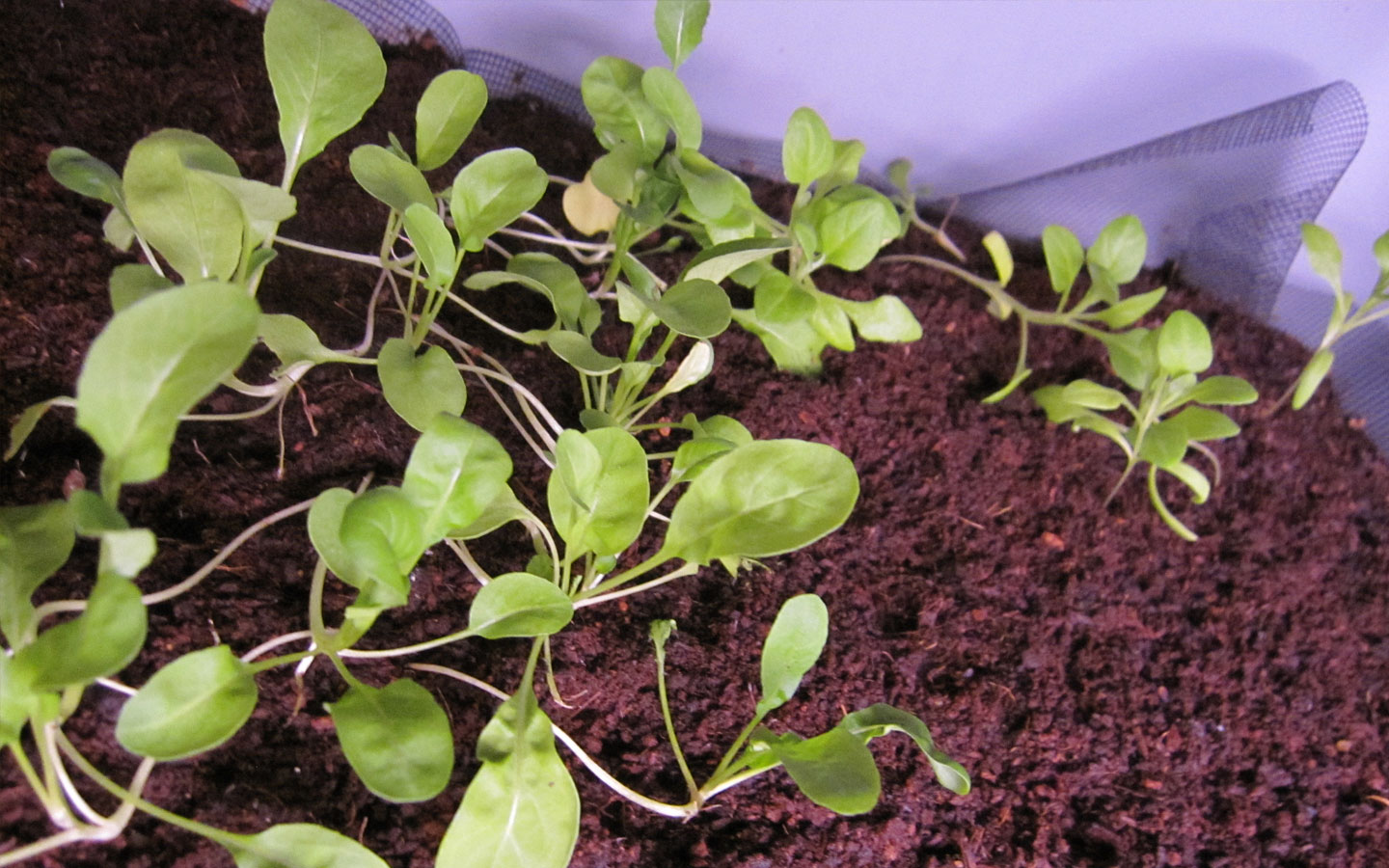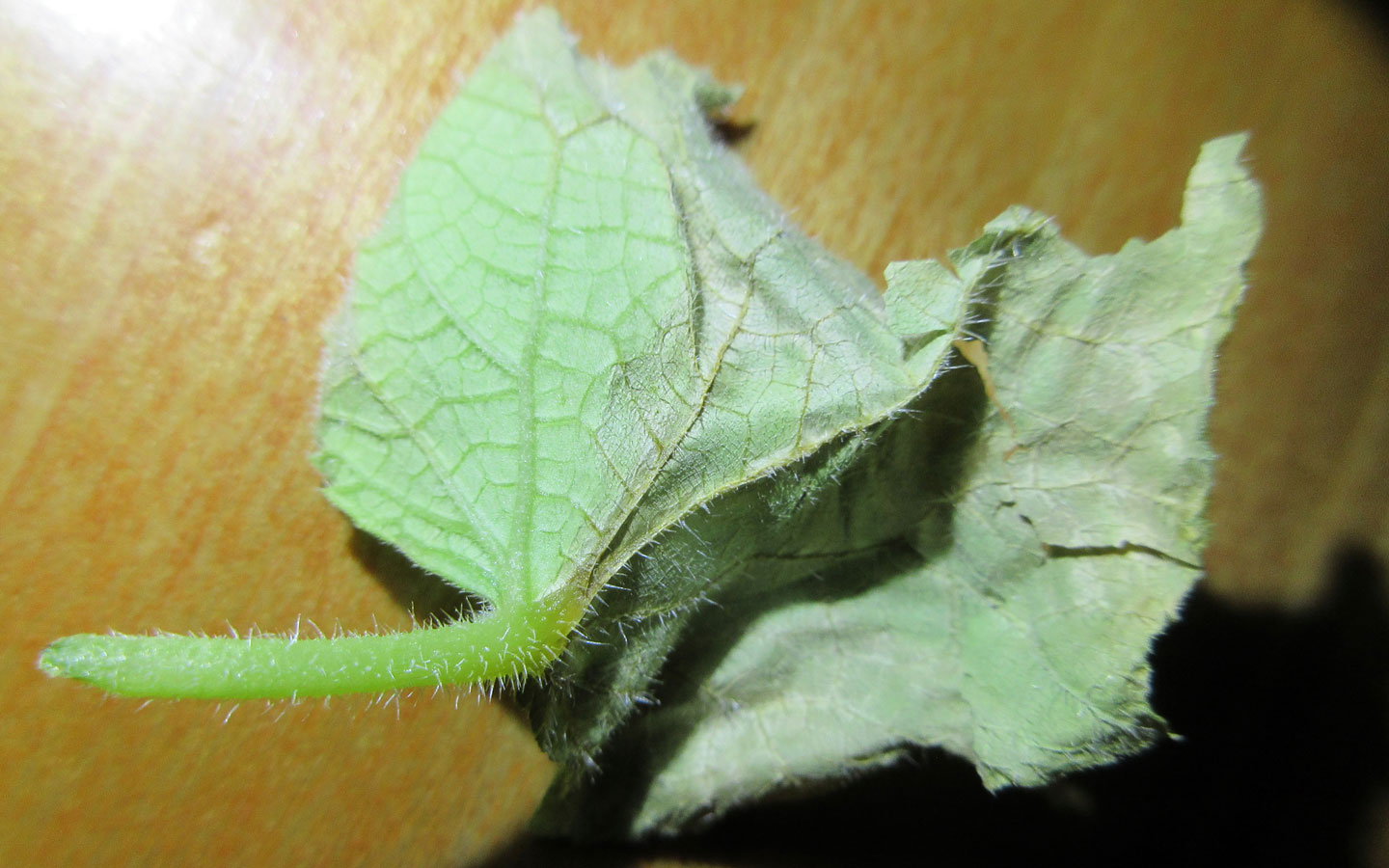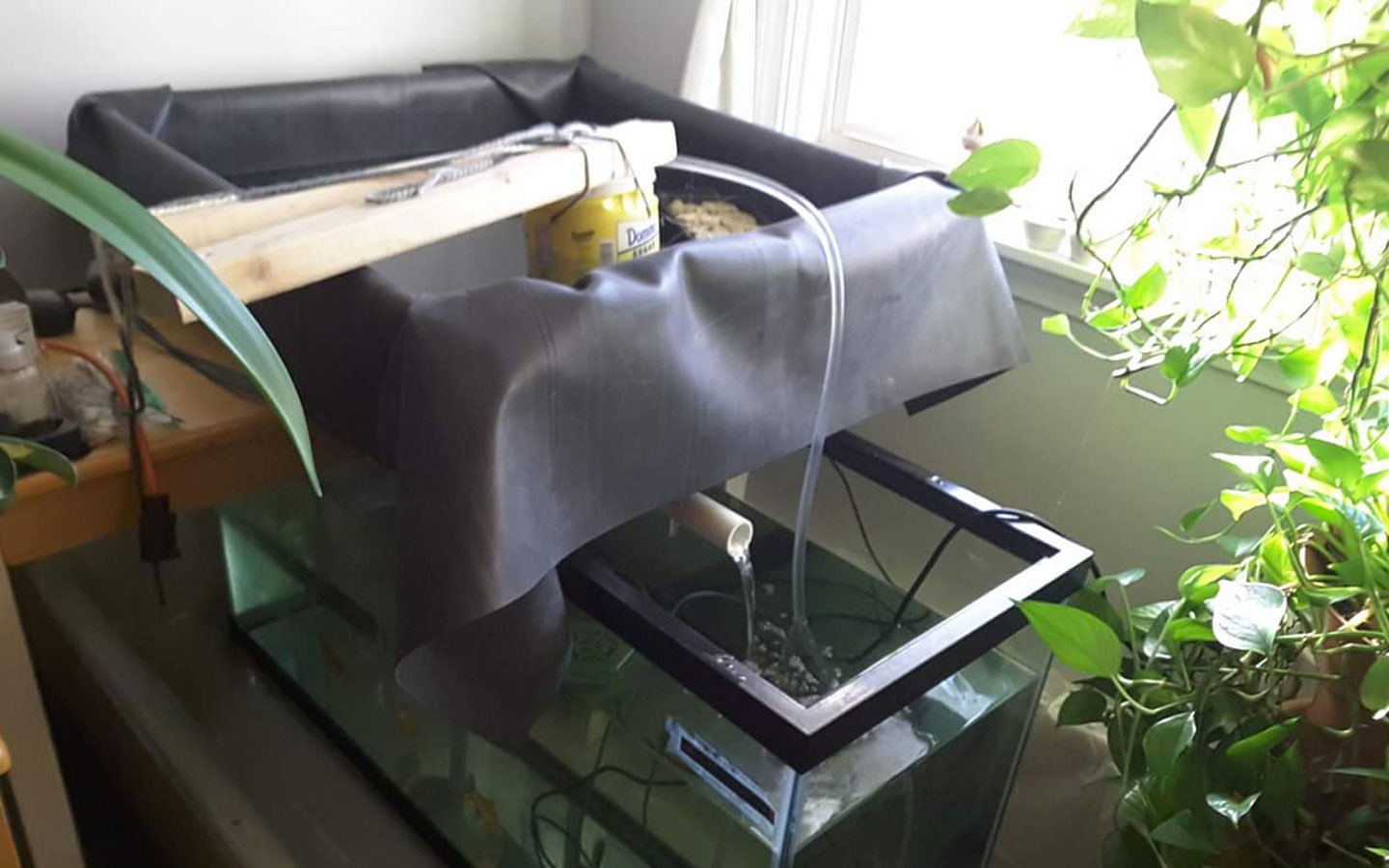
---
---
Aquaponics has been an ever-evolving endeavor. It started as a curious experiment meant to demonstrate an inexpensive urban food production system. There have been several iterations and restructures as I've experimented with different substrates and system configurations over the years. It started out with two 35 gallon rubber bins in my tiny apartment living room, and is now a massive 120 gallon pond in the basement with LED lightting and a heater.
Aquaponics is a practice that combines aquaculture, for raising aquatic animals, and hydroponics for growing plants.
Wiki ref
There are several ways to build an aquaponics system. I have experimented with flood and drain vs constant flow. At the moment, I am sticking with constant flow in a shallow
garden bed. The deeper the garden bed is, the more water is drawn up from the fish basin below.
Keep in mind, build a leak proof system and keep any electrical connections off the floor, away from any potential contact with water. Use a breaker outlet.

I've tried expanded clay pellets - they float. They shift with the movement of the fill and drain system and dislodge the plants violently. I might revisit this one now that I am using the constant flow bed.
I've tried coconut choir - it never stopped leaching a continuous silty suspension into my pond. No matter how m uch I rinsed, my pond always turned brown and silty. This was the substrate that was the most successful for plant growth.
I've also tried the floating raft and am continually fighting with algal growth suffocating my plants' root systems.

Bacteria take unusable aquaponics fish waste and convert it into plant fertilizer. This is called "Cycling." It is the process of converting ammonia into nitrites and then the nitrates that is used by plants.
Follow this reference LINK for more info about the nitrogen cycle.
Another component of the aquaponics chemistry, is nutrient additives. I've only just started experimenting with these, starting with potasium. The image to the left shows what looks like deficiencies with my cucumbers.

My system started with goldfish and Koi. They grew massive and I ended up rehoming them. These are great for starters because they create tons of amonia and are very hardy and forgiving of system conditions.
I am working with Tilapia now, but they need warm water. They don't grow well in the 68 degree temps, so I have added a fish tank heater.
The garden bed has done relatively well with cherry tomatoes, sage and parthenogenic cukes. I've experimented with several other food plants, but I haven't yet managed to get bumper crops of fish or vegetables.

My first few versions of this system used natural light from the sliding door of my tiny apartments and they did relatively well.
Since the system is now located in the basement, I needed a lighting unit. Every single part of aquaponics can be expanded into so much more detail and this is especially true of lighting fixtures.
Plants use different qualities of lighting for different stages of their growth and the fixtures on the market now accomodate these variances. Again, this is an experimental system and we have lots more experimenting to do.
Every part of this system is dependent on the other factors involved in the system set up and environment. What my system looks like will be different from yours.
Good Luck!!

Getting great photos is difficult under the odd purple glow of grow lights, so bear with me as I attempt to show the system details.
photos comming soon!